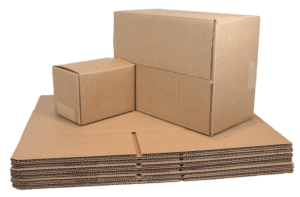Home » Biodegradable Protective Packaging: Is It Possible?
Biodegradable Protective Packaging: Is It Possible?
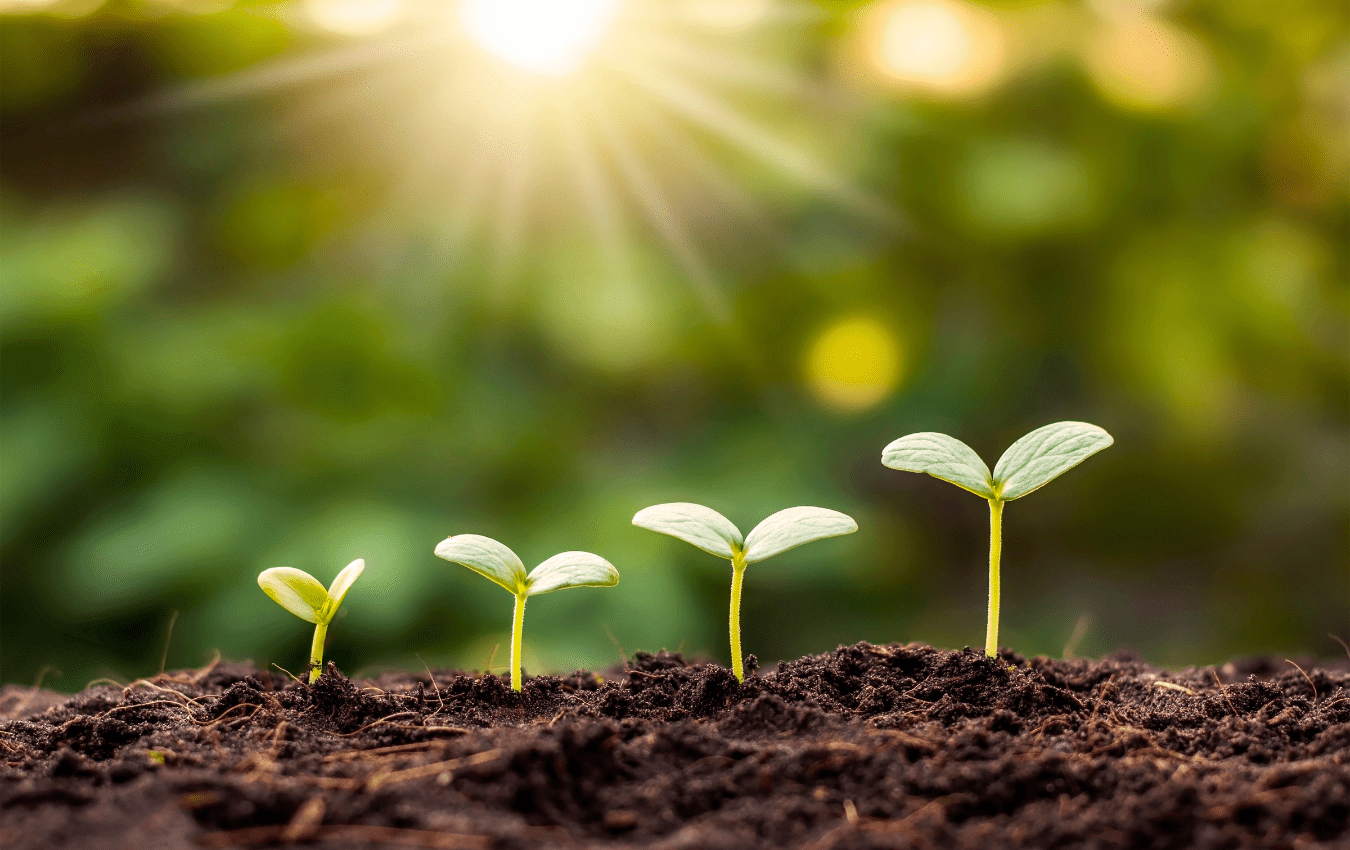
In our increasingly eco-conscious society, it is becoming crucial for businesses to strive for sustainability in every possible area. One often-overlooked sector with considerable potential for environmental impact is packaging. Specifically, protective packaging, which is critical in ensuring the safe transit of goods, has traditionally been produced using non-biodegradable materials. But is a switch to biodegradable protective packaging possible? Let’s explore.
The Need for a Sustainable Shift
Every year, millions of tons of packaging waste end up in landfills, much of which could take hundreds or even thousands of years to break down. As e-commerce continues to rise, the packaging industry faces increased pressure to reduce its environmental footprint. Fortunately, biodegradable materials have emerged as an attractive alternative to conventional plastic-based packaging, offering a promising solution to this urgent issue.
What Does Biodegradable Mean?
Before we delve deeper into the subject, it’s important to clarify what “biodegradable” means. A material is considered biodegradable if it can be broken down by microorganisms, such as bacteria or fungi, into natural substances like water, carbon dioxide, and compost over time. This process should occur without producing toxic residues and ideally in a reasonable timeframe.
Types of Biodegradable Protective Packaging
Let’s now explore the types of biodegradable protective packaging currently available on the market.
Biodegradable Air Pillows
Air pillows made from biodegradable film are a great eco-friendly substitute for bubble wrap. They provide excellent protection for fragile items during shipment and can decompose under the right conditions.
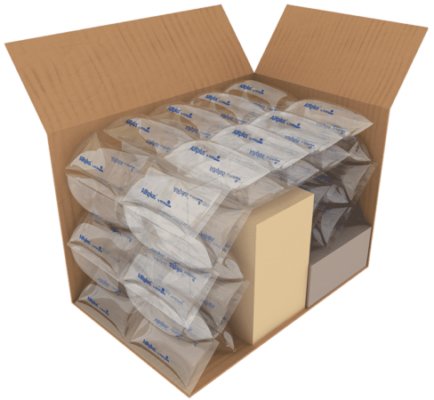
Cornstarch Packaging Peanuts
Cornstarch packaging peanuts have similar cushioning properties as their traditional Styrofoam counterparts but break down easily in water, making them a much more sustainable option.
Molded Pulp Packaging
This type of packaging is made from recycled materials such as paper or corrugated and water. The mixture is formed into a desired shape and then dried. This eco-friendly packaging option is commonly used for consumer electronics, wine bottles, and egg cartons.
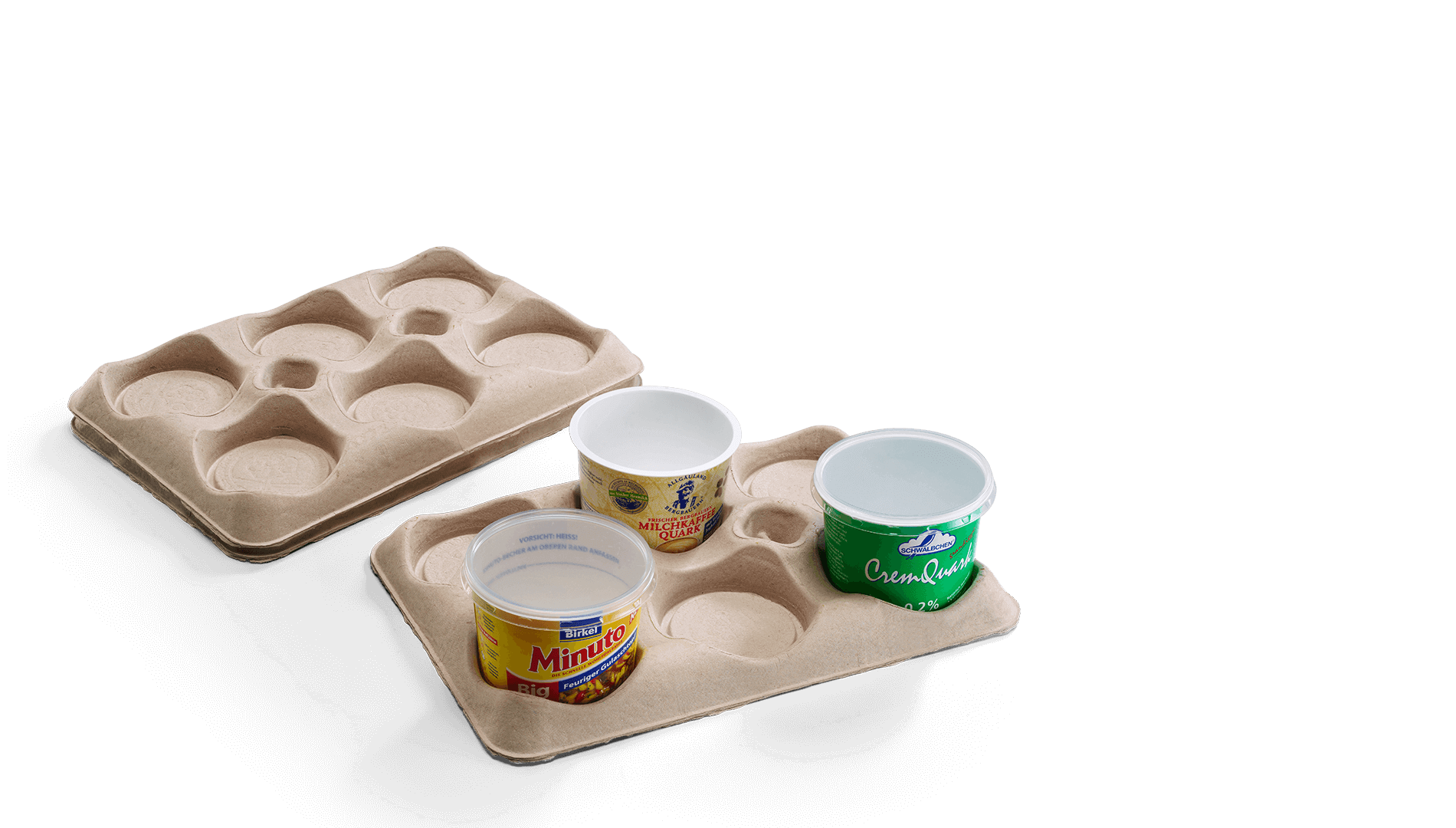
Plant-Based Packaging
based materials mixed with agricultural waste, forms a strong and compostable material. It can be molded into various shapes, providing an excellent, earth-friendly alternative for Styrofoam.
Challenges to Adoption
Despite the promising potential of these alternatives, several challenges hinder their widespread adoption. First, cost remains a significant barrier, as biodegradable materials tend to be more expensive than conventional plastic counterparts.
Second, there are logistical issues to consider. For instance, biodegradable materials are generally more sensitive to environmental conditions such as humidity and temperature, which could limit their application in certain scenarios.
Lastly, there’s the issue of disposal. For biodegradable materials to break down effectively, they need to be composted under specific conditions, which may not always be available in typical waste management facilities.
The Future of Biodegradable Protective Packaging
Despite these challenges, the future for biodegradable protective packaging looks bright. Continued advancements in material science and biotechnology are expected to lead to new, cost-effective, and efficient biodegradable packaging solutions. Moreover, as consumers continue to demand environmentally friendly practices from businesses, companies may feel increased pressure to adopt these sustainable alternatives.
It’s also worth noting the potential role of policy in this transition. Legislation aimed at reducing single-use plastics and encouraging sustainable practices can create a conducive environment for the growth of the biodegradable packaging sector.
If you are interested in biodegradable protective packaging, then partner with Brown Packaging today to get started.
Phat Snax is redefining the snack aisle with a mission to make America’s snacks better for you — without killing the flavor. Their products, like
When choosing corrugated packaging, box style directly impacts cost, strength, speed of packing, and customer experience. Two of the most common options are the Regular
The holiday season pushes packaging supply chains to their limits. With surging e-commerce demand, constrained carrier capacity, and rising material costs, packaging buyers must navigate
Subscription boxes experience a surge in demand during the holiday season as shoppers purchase gift memberships and curated kits. Packaging for these shipments must balance
Fragile products like glassware, electronics, and specialty gifts are especially vulnerable during the holiday rush. With more handling points, packed trailers, and faster fulfillment, the
Shipping costs surge during the holiday season as carriers raise rates and surcharges. For packaging buyers, box design directly impacts freight spend. Oversized cartons, excess
Home » Biodegradable Protective Packaging: Is It Possible?
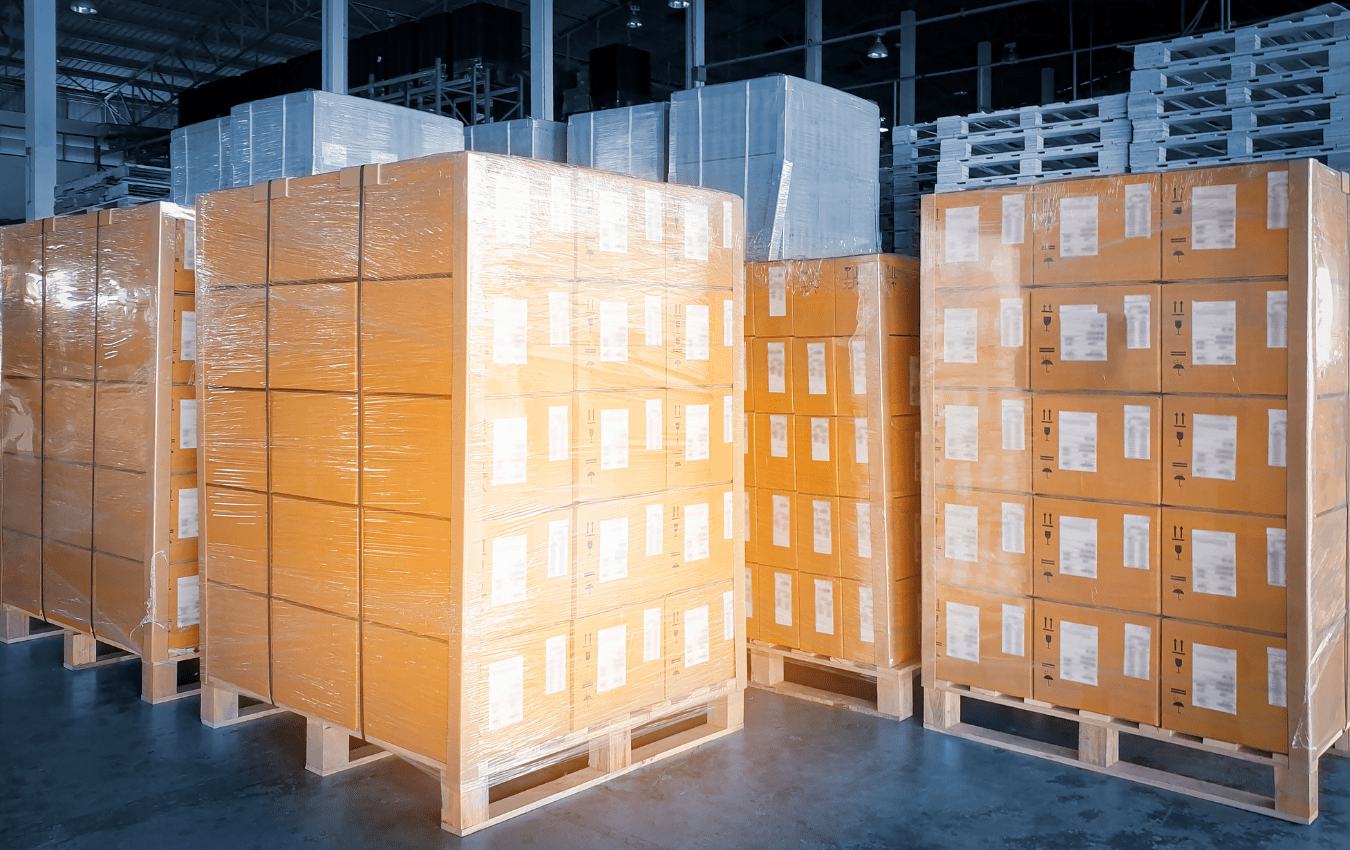
When it comes to packaging fragile or valuable items, ensuring their safe transportation is crucial. One effective way to protect these items during shipping or
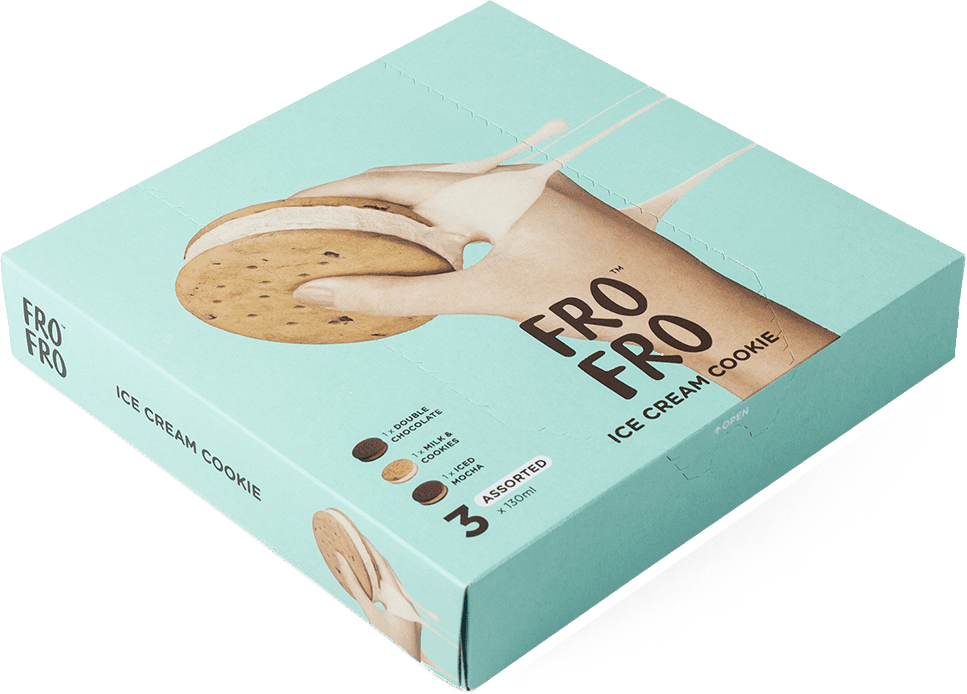
Score cracking—visible fiber breakage along a fold—can ruin a carton’s appearance, weaken its structure, and cause failures on automated lines. Understanding the causes and engineering
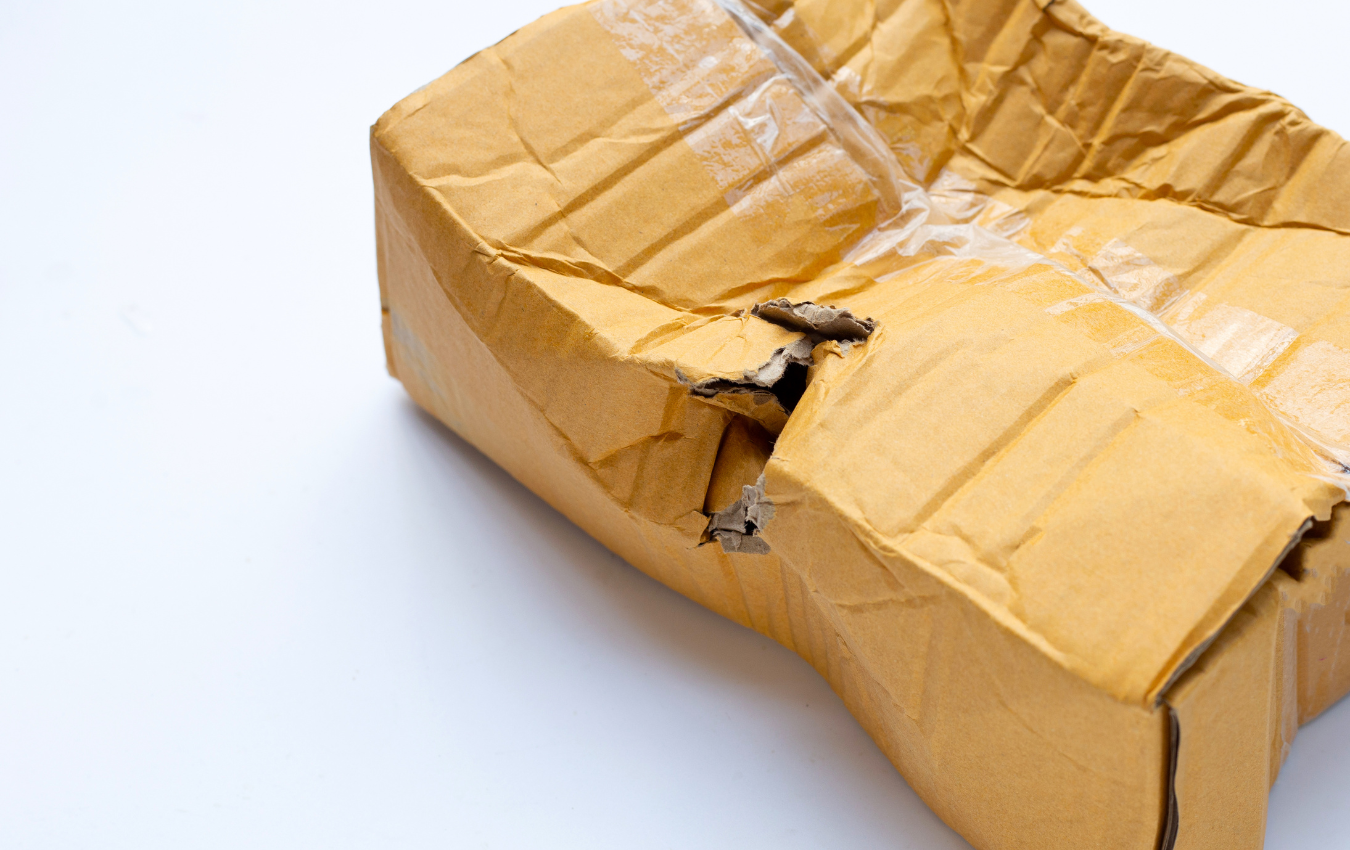
In the world of packaging and shipping, one of the most critical concerns is breakage – the damage that occurs to products during transit. This


